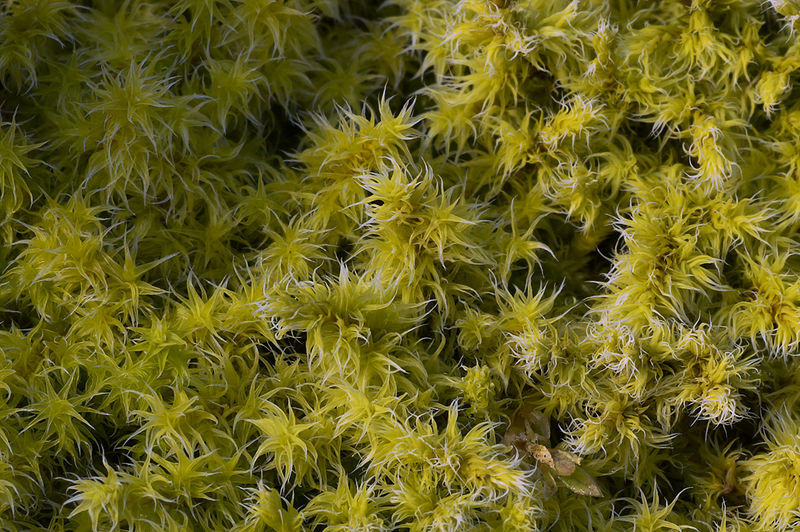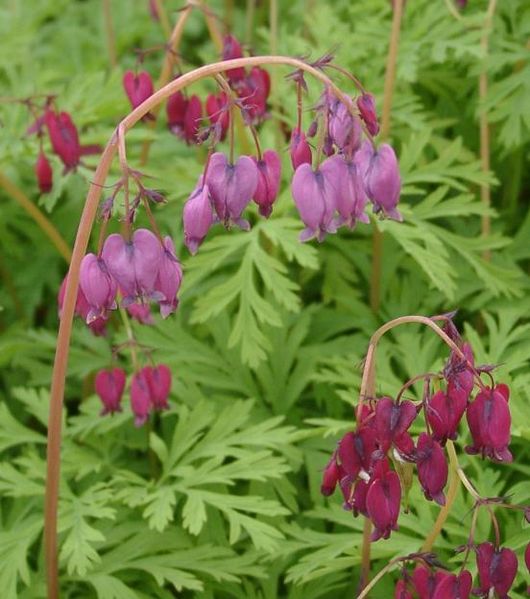Adaptation
Since Dicentra formosa (Pacific Bleeding
Heart) is native to the Pacific Coast, the plant is
already adapted to its surroundings; however, how
did the Pacific Bleeding Heart become adapted to
land? Over 500 million years ago, alga began to
migrate onto land. With this, the alga had the
challenges of drying out, few nutrients, harsh
light, no support, and temperature. So, this alga
had to adap t
to the land and become a land plant with
evolutionary characteristics.
t
to the land and become a land plant with
evolutionary characteristics.
The first plants on land were non-vascular (moss). Then, with evolutionary traits, the non-vascular plant became vascular (xylem and phloem tissue) with no seeds, naked seeds, or covered seeds. So, how did the vascular plant become adapted to the environment.
First, the plant needed protection from
desiccation. A waxy cuticle and stomata were evolved
in order to stop desiccation. Next, the evolution of
leaves increased photosynthetic surface area in
order to receive proper nutrients. With the switch
to vascular tissue, reproduction shifted to dominate
sporophyte and made a shorter haploid phase in the
alternation of generation. Finally, the plant needed
support to grow closer to the
 sunlight
and receive proper nutrients.
sunlight
and receive proper nutrients.
Since the Pacific Bleeding Heart grows in higher elevation, it has adapted to low water use and low respiration. Also, it adapted to the cold weather and responds to the long-day photoperiod.
Continue to
Nutrition of the Pacific Bleeding Heart
Return
Home